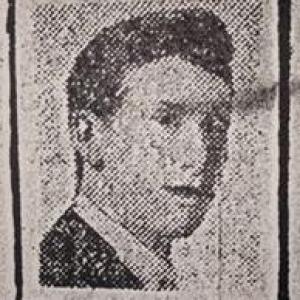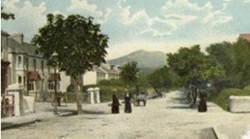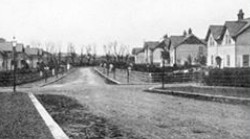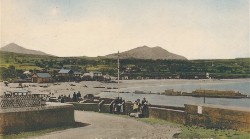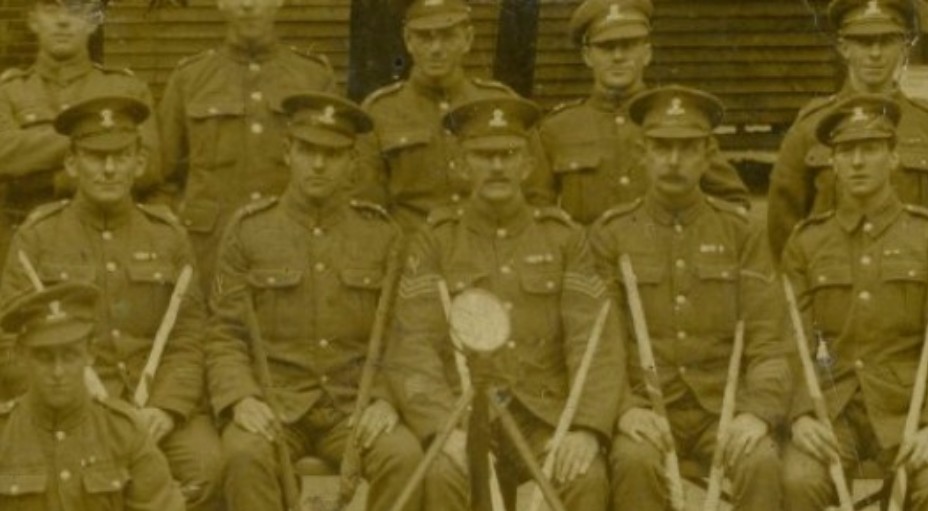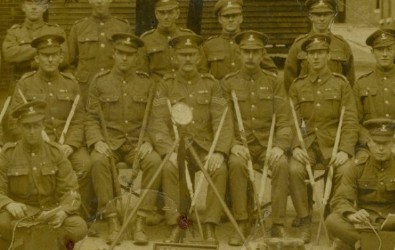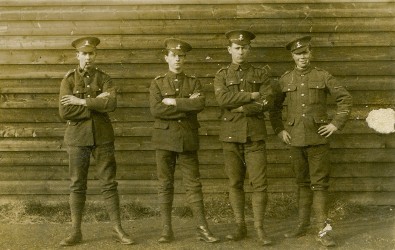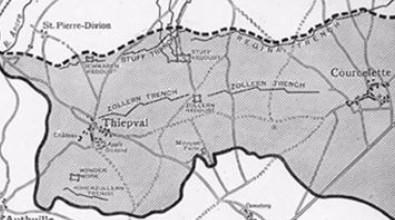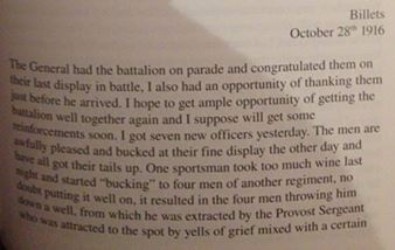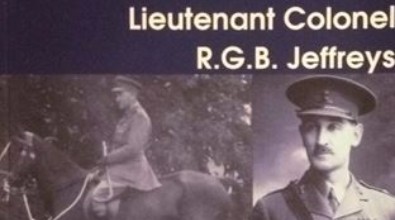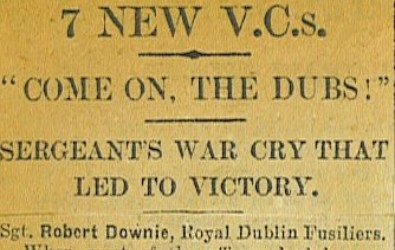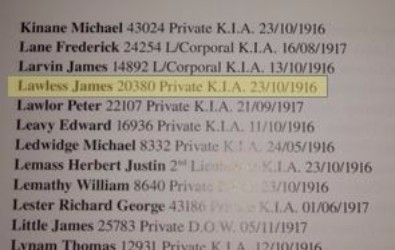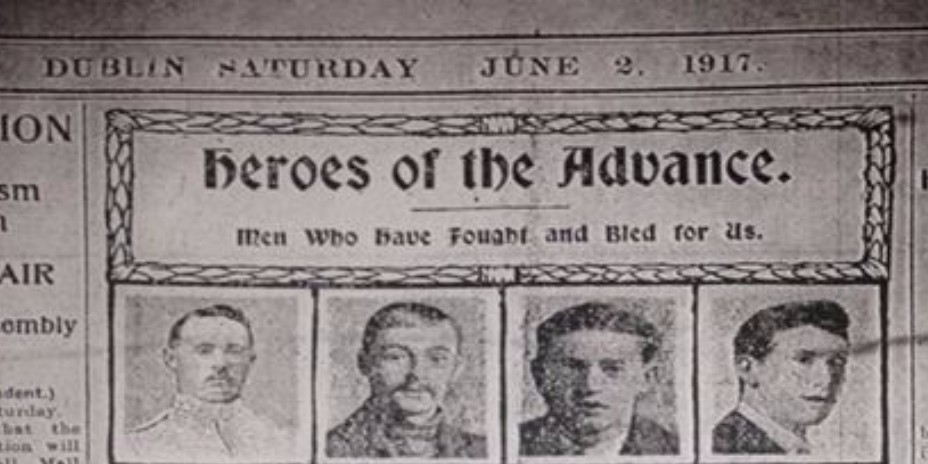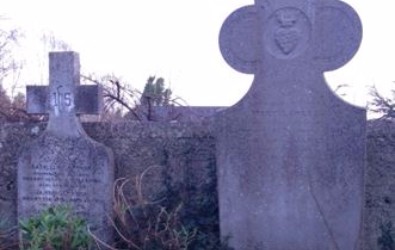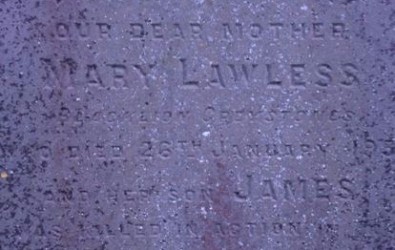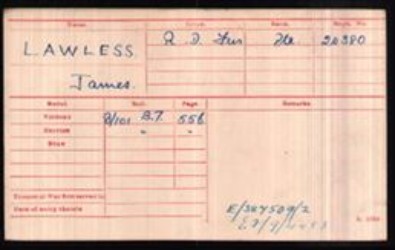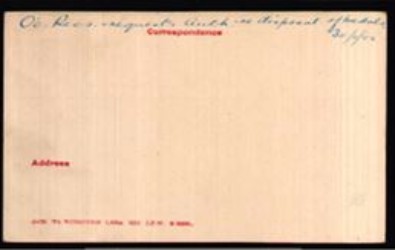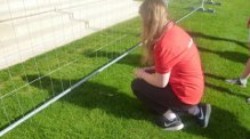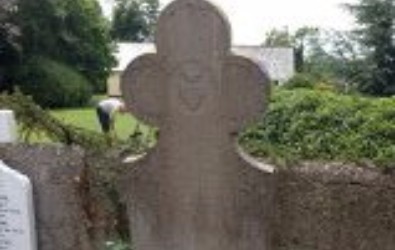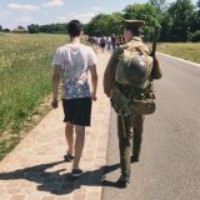
"We are not makers of history. we are made by history"
- Martin Luther King Jr
To say that I am a bit of a history buff is kind of an understatement.
I don't really remember a time when I didn't love history. Ever since I was really young I absolutely adored it. Perhaps it was because my Granny Phillie always told me stories about her Gaelic League days in the forties and fifties or her Mother's and Grandmother's experiences of the Civil War. Maybe it was because my Dad always told me tales about how the O'Hara family emigrated to Scotland for a new life, just to come back to Ireland a generation before I was born. Or maybe it was because both of my Grandfathers, Irish and Scottish were in the RAF in World War II. Both Called John. Both in the same Air-base in Newcastle, England. Little did they know they would meet years later when their children would end up marrying each other and become my parents... and the rest you could say, is history.
But I do know for a fact, the moment when I realised I absolutely loved Irish History, was when I read my Grandfather's biography on Michael Collins. I never got to meet my Grandfather, but apparently he was a bit of a History Buff too. It leads me to believe that the love of history that I picked up along the way was nothing to do with my own personal interests, but that it is in fact, hereditary. There's a long line of history buffs in my family alright!
If I had to choose one period of 20th Century Irish History, it would have to be from 1900-1930 or so. Even ask my friends, I manage to throw in a Dev or Collins quote here and there most days. I find that time fascinating. Ireland went from being a country under British Rule to enjoying its first taste of independence in the space of a few years. All the changes that took place, all the lives that were affected for generations to come stemmed from that time. It was the formation of the state, but also the formation of the Irish Society we see today.
I think if you were to mention the year '1916' to any Irish person, they would immediately be reminded of the ill-fated Easter Rebellion, a rebellion attempting to claim independence for Ireland that would kick-start years of unrest. Unrest and destruction that would end up scarring many Irish families for generations.
Irish people rarely remember that 1916 was also a year for a different kind of war, that in total would claim the lives of 420,000 British Soldiers in one Battle alone. An unearthly proportion of these men were in fact, Irish. That battle was the Battle of the Somme, starting on the 1st of July 1916 and finishing that November. But Irish men lost their lives before 1916 in this war. It started in 1914. The death and destruction didn't end until 1918.
One of those lives that the Battle of the Somme took was Private James Lawless from County Wicklow. Not only did he never return home. His family had no idea what happened to him. No one did.
But James was among so many Irish soldiers who died or went missing 'on the behalf of small nations'. All of whom Ireland forgot about in its exciting and fast-paced claim for it's own Independence. These Soldiers went off to war as heroes. They came back to an utterly changed Ireland, an Ireland that dissociated itself with anything to do with Britain and its army. These heroes that fought for Ireland's independence in other ways were forgotten. And its only till now, that we are finally remembering them.
I can't express enough how much of an honour it is to represent my county in this project. Not only have I discovered more about Ireland's past in World War I, but I have also went on a personal journey while learning about the life of James Lawless which was cut short by a bloody and pointless war.
About me
My name is Eva O'Hara from County Wicklow. I am 16 years old and I have just finished Transition Year (fourth year) in Loreto Bray. TY was by far my favourite year yet. I got to try out so many new and exciting things this year, from taking part in the European Youth Parliament, to taking a medicine course, to the My Adopted Soldier project. This year has been jammed packed with so many wonderful opportunities and experiences that I will never forget.
I first learned about this project back in October 2014 when I saw a poster for it in my history teacher's classroom. I was instantly interested as I absolutely love anything to do with World War I and that time, especially the Irish effort involved. I wrote my essay and sent it off. I was delighted and absolutely shocked when I heard back a few months later, informing me that I would be representing Wicklow in the project!
